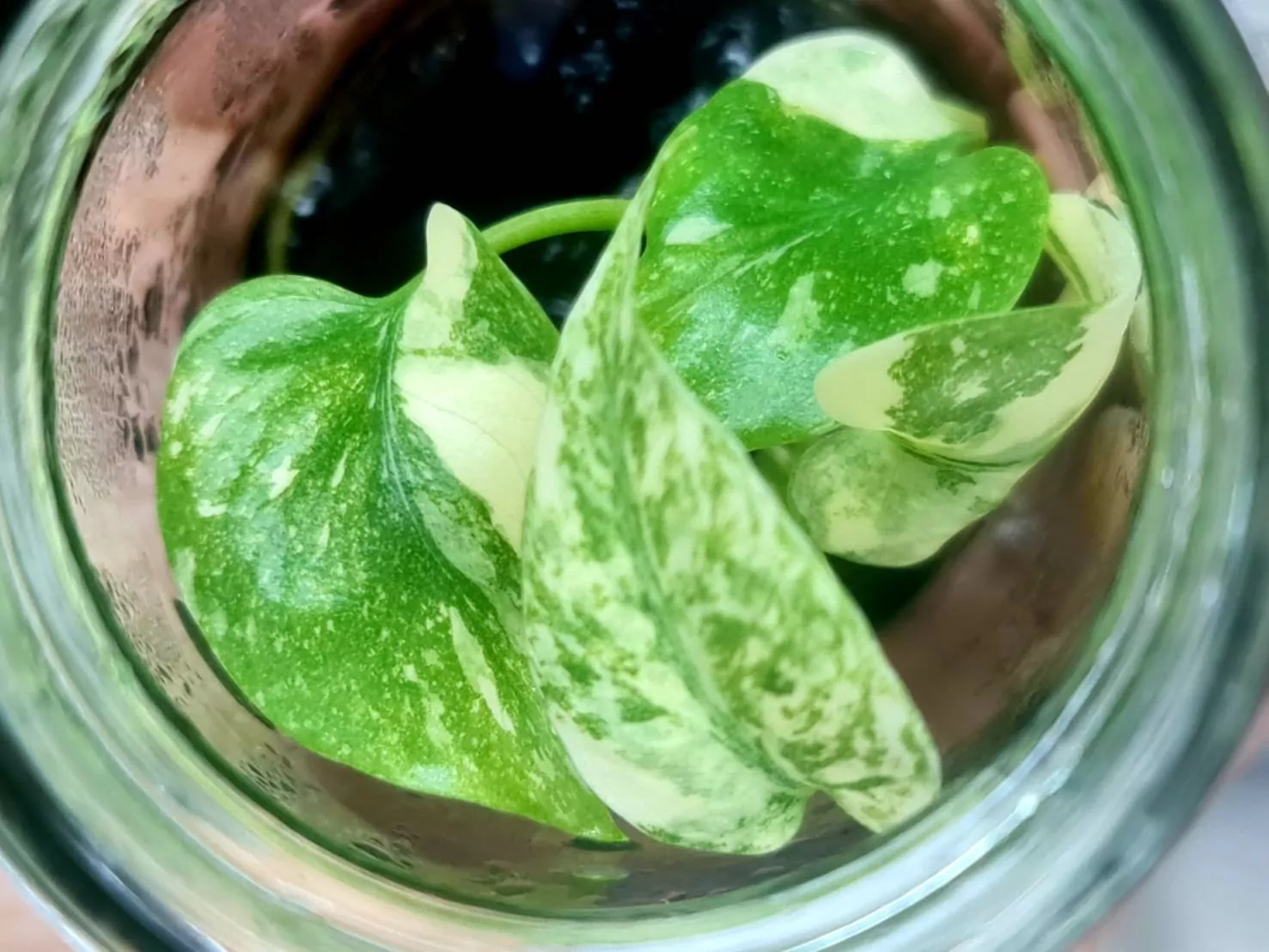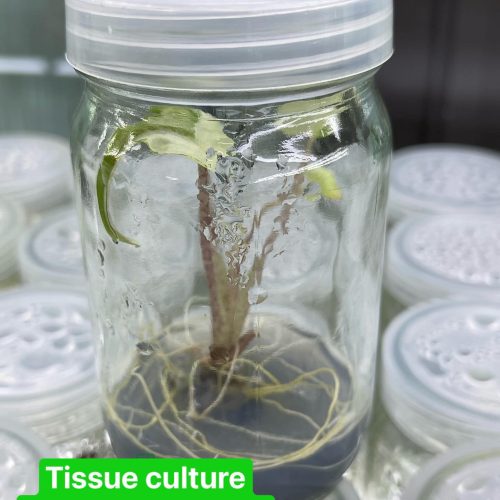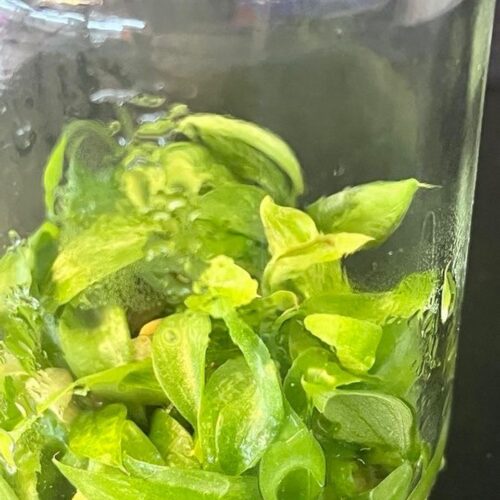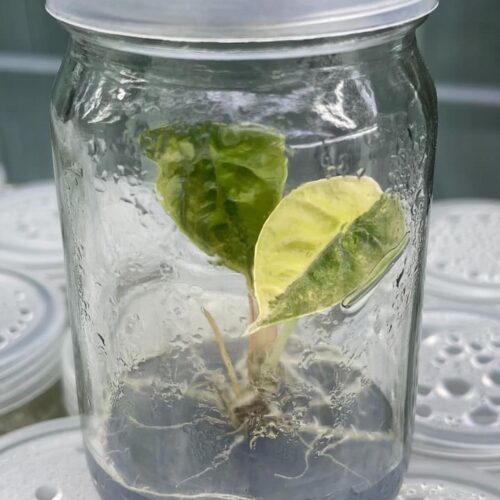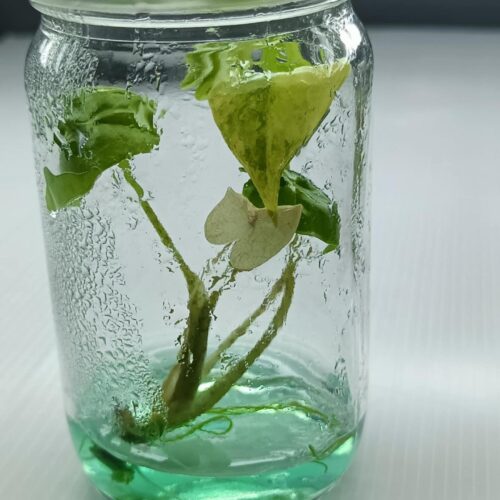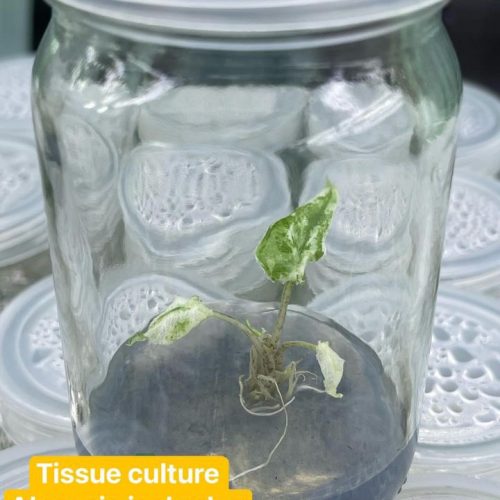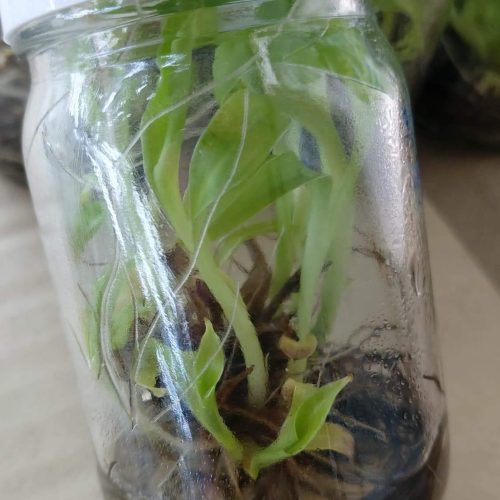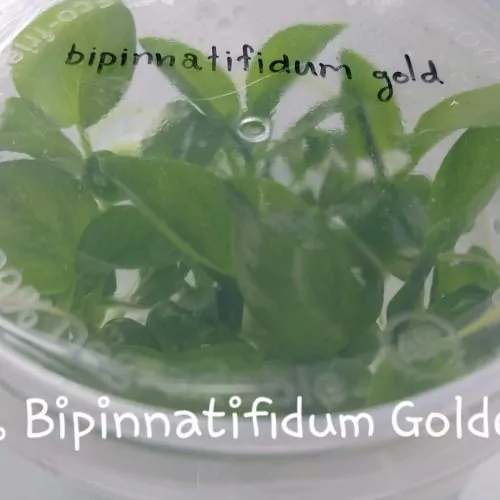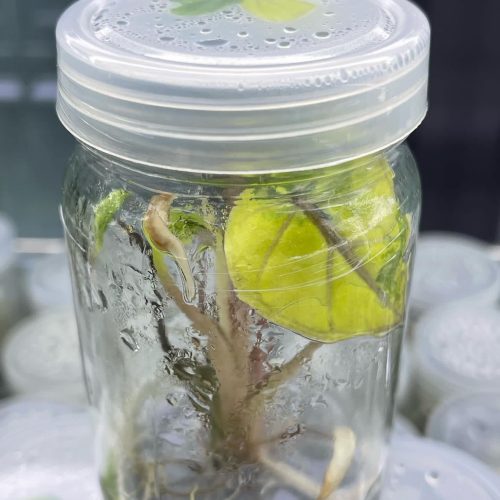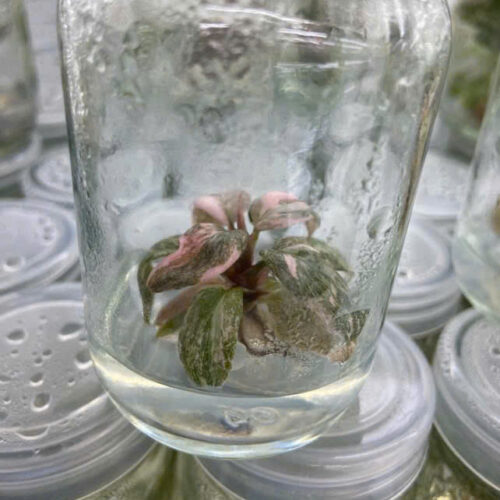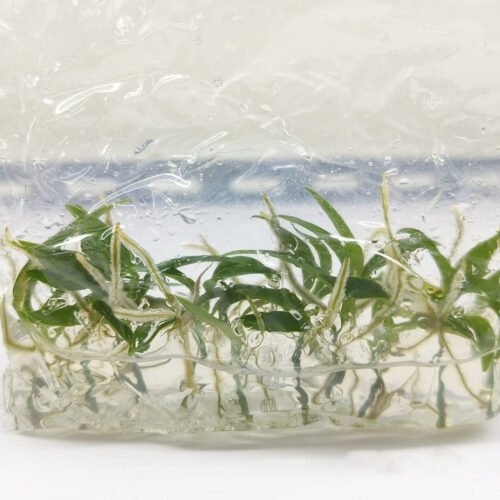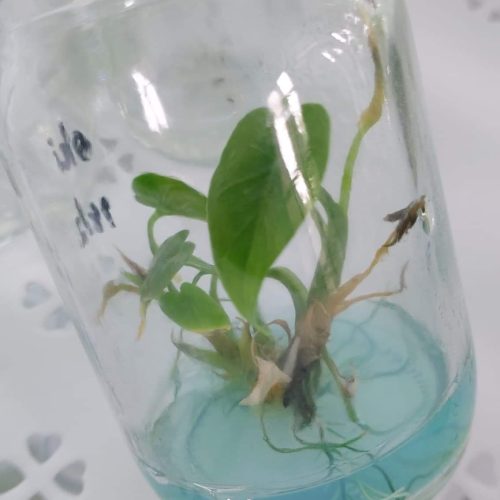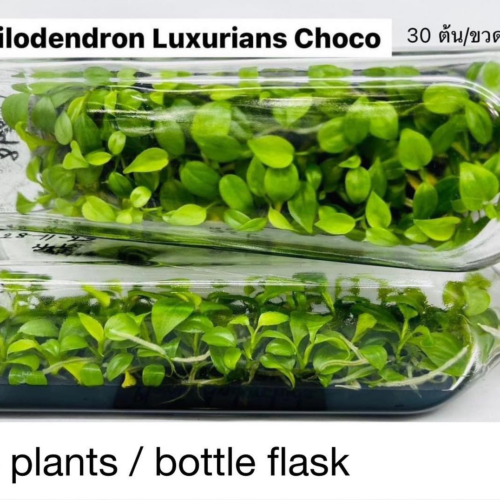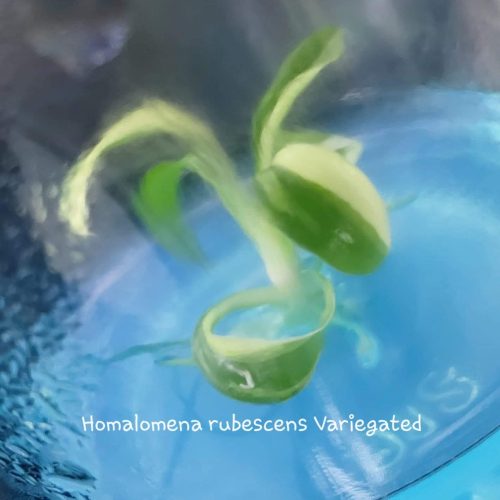Tissue culture plants have become increasingly popular in recent years due to their numerous benefits over traditional plant propagation methods. However, tissue culture plants require specific care to establish roots and grow into healthy plants. One of the most important components of tissue culture plant care is the container used for growth. Plastic containers offer several advantages over other materials such as glass and ceramic. In this article, we will discuss the use of plastic containers for tissue culture plants.
Introduction to Tissue Culture Plants
Tissue culture plants are plants that have been propagated via tissue culture. Tissue culture is a technique that involves growing plant cells, tissues or organs in a laboratory under controlled conditions. It offers numerous advantages over traditional plant propagation methods, including the production of large numbers of identical, disease-free plants in a short period. However, tissue culture plants require specific care to establish roots and grow into healthy plants.
Importance of Container for Tissue Culture Plants
The container used for tissue culture plants is an essential component of their care. The right container can help tissue culture plants establish roots and grow into healthy plants. A container provides a balanced combination of air, moisture, and space that tissue culture plants need to thrive.
Characteristics of a Good Container for Tissue Culture Plants
A good container for tissue culture plants should have the following characteristics:
Sterile
Tissue culture plants are grown in sterile conditions to prevent contamination. The container should also be sterile to prevent the introduction of harmful bacteria and fungi.
Clear
A clear container allows for easy observation of the tissue culture plant‘s growth and development.
Airtight
An airtight container helps maintain the proper humidity levels required for tissue culture plants.
Stackable
Stackable containers are space-efficient and allow for the optimal use of growth space.
Lightweight
A lightweight container is ideal for tissue culture plants that require frequent movement and handling.
Reusable
A container that is reusable is cost-effective and environmentally friendly.
Why are Plastic Containers Ideal for Tissue Culture Plants?
Plastic containers offer several advantages over other materials for tissue culture plants. Here are some reasons why:
Sterility
Plastic containers can be easily sterilized, making them an ideal container for tissue culture plants.
Clarity
Plastic containers are clear and allow for easy observation of tissue culture plant growth and development.
Airtight
Plastic containers can be designed to be airtight, which helps maintain the proper humidity levels required for tissue culture plants.
Stackable
Plastic containers can be designed to be stackable, which allows for optimal use of growth space.
Lightweight
Plastic containers are lightweight, making them ideal for tissue culture plants that require frequent movement and handling.
Reusable
Plastic containers are reusable, making them cost-effective and environmentally friendly.
Types of Plastic Containers Used for Tissue Culture Plants
There are several types of plastic containers used for tissue culture plants. Here are some of the most common:
Petri Dishes
Petri dishes are shallow, circular plastic containers that are commonly used for tissue culture plants. They are ideal for the initial stages of tissue culture plant growth and development.
Culture Tubes
Culture tubes are long, narrow plastic containers that are used for tissue culture plants that require vertical growth.
Multi-Compartment Containers
Multi-compartment containers are plastic containers that have multiple compartments for growing different tissue culture plants in one container.
Plant Cell Trays
Plant cell trays are plastic containers that have individual cells for growing individual tissue culture plants. They are ideal for mass production of tissue culture plants.
Benefits of Using Plastic Containers for Tissue Culture Plants
Using plastic containers as a container for tissue culture plants can have several benefits, including:
- Easy sterilization
- Clear visibility of plant growth and development
- Airtight design for proper humidity levels
- Stackable design for optimal use of growth space
- Lightweight for easy handling and movement
- Reusable for cost-effectiveness and environmental friendliness
Risks and Side Effects of Using Plastic Containers for Tissue Culture Plants
Using plastic containers for tissue culture plants does come with some risks. Overexposure to light can lead to algae growth, which can harm tissue culture plants. In addition, plastic containers can release harmful chemicals if they are not made from food-grade materials.
Where to buy tissue culture plants? Benefits from importing plants from Thailand
- Shipping: Door to door shipping, fast and safe with Dragon Courier
- Biodiversity: Thailand is known for its rich biodiversity, including a wide variety of aroid species. This diversity allows importers to access a broad range of unique and exotic aroid plants.
- Quality and Health of Plants: The suitable climate helps the plants grown here stay healthy and of high quality.
- Cost-Effectiveness: Due to favorable growing conditions and efficient production methods, Thai aroid plants can often be more cost-effective compared to those from other countries.
- Access to Hybrid Varieties: Thai growers are often involved in the development of new hybrid aroid varieties, offering unique plants that may not be available from other sources.
Tissue culture plants species are the most sought after by aroid plant lovers
Conclusion
In conclusion, plastic containers are an excellent choice for tissue culture plants. They offer numerous advantages over other materials such as glass and ceramic. Plastic containers can be easily sterilized, are clear for easy observation of plant growth and development, airtight for proper humidity levels, stackable for optimal use of growth space, lightweight for easy handling and movement, and reusable for cost-effectiveness and environmental friendliness. However, it is important to be mindful of the risks and side effects, such as overexposure to light and harmful chemicals. Overall, plastic containers are a versatile and practical choice for your next tissue culture project.
FAQs
- Can plastic containers be reused for tissue culture plants?
Yes, plastic containers can be reused for tissue culture plants, as long as they are properly sterilized before each use. - Are there any risks associated with using plastic containers for tissue culture plants?
Yes, overexposure to light can lead to algae growth, which can harm tissue culture plants. In addition, plastic containers can release harmful chemicals if they are not made from food-grade materials.
- What types of plastic containers are commonly used for tissue culture plants?
Petri dishes, culture tubes, multi-compartment containers, and plant cell trays are some of the most common types of plastic containers used for tissue culture plants.
- How can I properly sterilize plastic containers for tissue culture plants?
Plastic containers can be sterilized by soaking them in a sterilizing solution, such as bleach or ethanol, and then rinsing them thoroughly with sterile water.
- Can plastic containers be recycled after use?
Yes, plastic containers can be recycled after use, as long as they are properly cleaned and sorted according to local recycling guidelines.
Visit our store HERE

